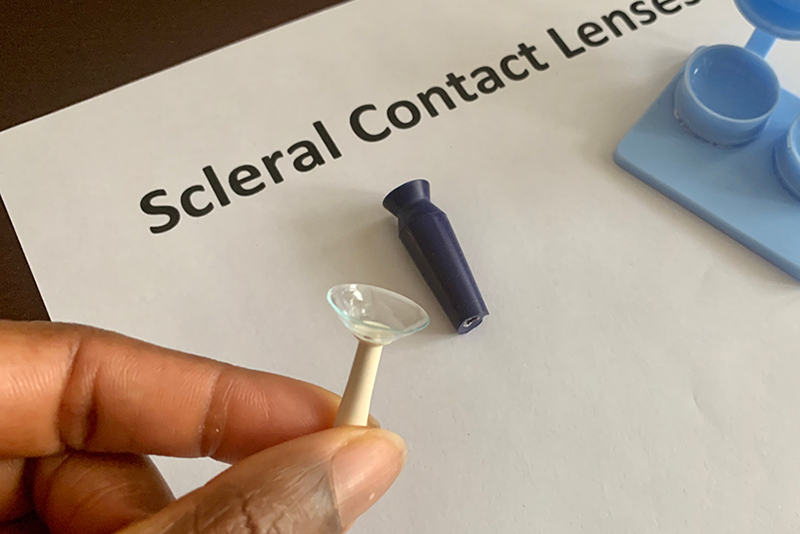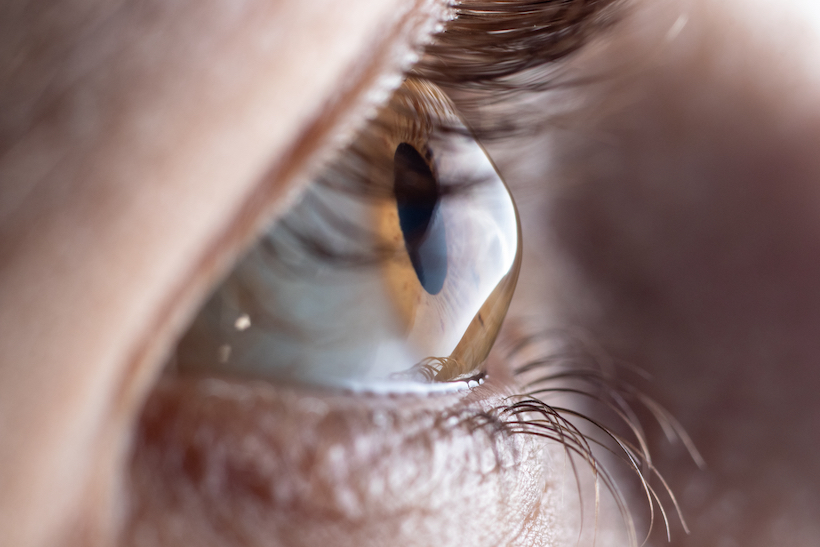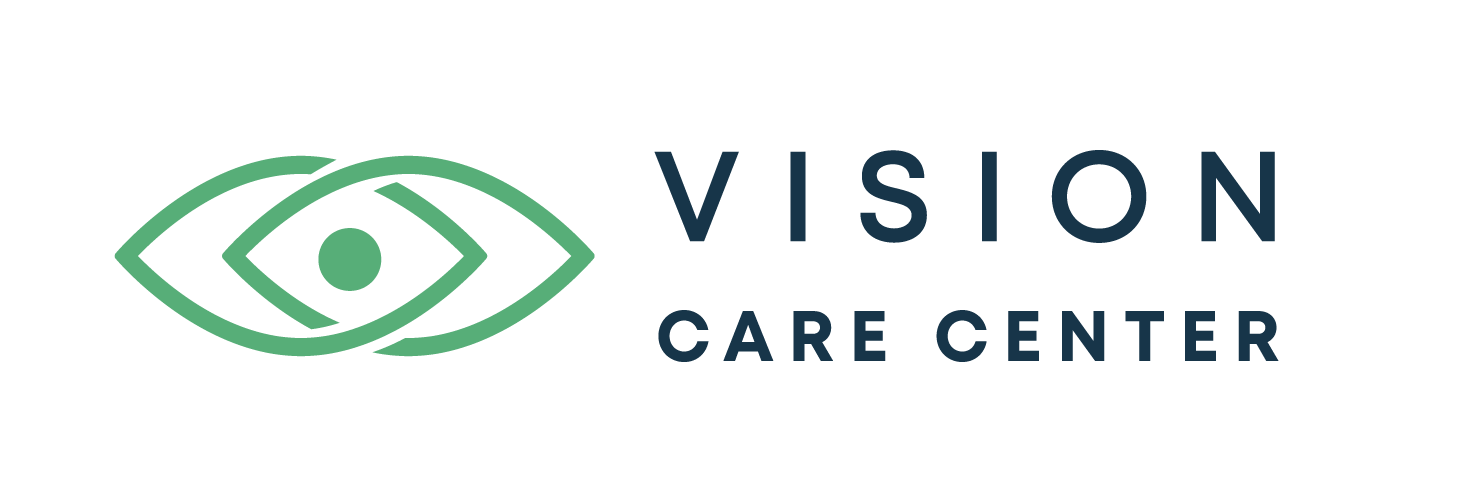Keratoconus Contacts

Your vision is precious, but you may experience problems with it and your ability to see. Some patients may experience eye conditions like keratoconus. Luckily, the expert team at Bartels Vision Care Center is here to help.
Whether treating keratoconus or providing eye exams, our patients always receive outstanding comprehensive eye care.
What is Keratoconus?
Keratoconus is an eye condition that affects the cornea. Your cornea is the transparent, dome-shaped tissue that covers the front of your eye.
If you have keratoconus, it causes the cornea to become too thin and eventually start to bulge out. When this happens, the eye takes on a cone-like shape instead of being spherical, like a baseball or basketball.
The cornea plays a crucial role in allowing light to focus on the retina and is what will enable you to see clearly. If your cornea is an irregular shape, it causes visual distortion and blurry vision.
What is the Main Cause of Keratoconus?
Although the exact cause of keratoconus is not yet known, there are a few factors thought to play a role in why keratoconus develops, including:
Genetics
If you have a family history of keratoconus, this will increase your chances of developing the eye condition. Knowing your risks for keratoconus is essential and will allow your ophthalmologist at Bartels Vision Care Center to monitor your eyes for any signs of keratoconus.
Environmental Factors
Another factor that may increase your risk for keratoconus is environmental factors. Your likelihood of developing keratoconus may raise your chances of developing the eye condition if you frequently rub your eyes.
Rubbing your eyes, especially if you do so with a lot of force and vigorously, may weaken your cornea over time. Other potential risk factors for keratoconus associated with environmental factors include wearing poorly fitted contact lenses and excessive exposure to UV light due to sunlight or tanning beds without proper protection.
Are There Any Signs of Keratoconus?

If you think you may have keratoconus, common warning signs of the eye condition include:
- Blurry or distorted vision
- Needing more frequent prescription changes
- Noticing an increased sensitivity to light, especially in the form of glare
- Seeing multiple images when you’re looking at things, which may affect your depth perception
- Experiencing straight lines as wavy or bent
- Having eye strain and fatigue when you try to focus on objects or complete tasks for extended periods
Is Keratoconus a Progressive Eye Disease?
Yes, keratoconus is a progressive eye disease. It typically begins for most patients in their early teenage years or early twenties.
After being diagnosed with keratoconus, patients’ vision will continue declining, becoming more distorted and blurrier as the cornea continues bulging out and becoming thinner.
Who is Most Likely to Develop Keratoconus?
Your chances of developing keratoconus may increase for a variety of reasons. If you have a family history of the eye condition, this will make you more likely to acquire it.
You’re also more likely to develop keratoconus if you suffer from hay fever, rub your eyes often, or are a male between the ages of 10 and 25. Men are more likely to have keratoconus than women.
Today, learn more about keratoconus by requesting an appointment at Bartels Vision Care Center in Tonawanda, NY!












